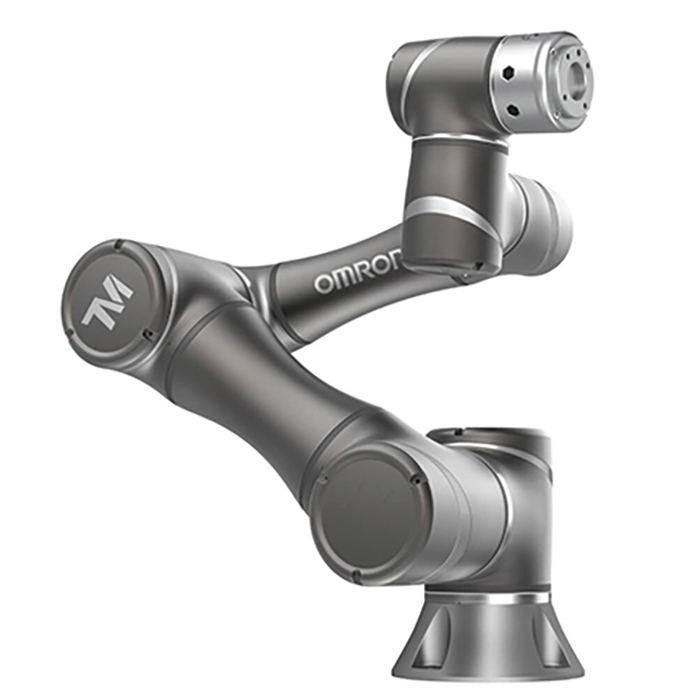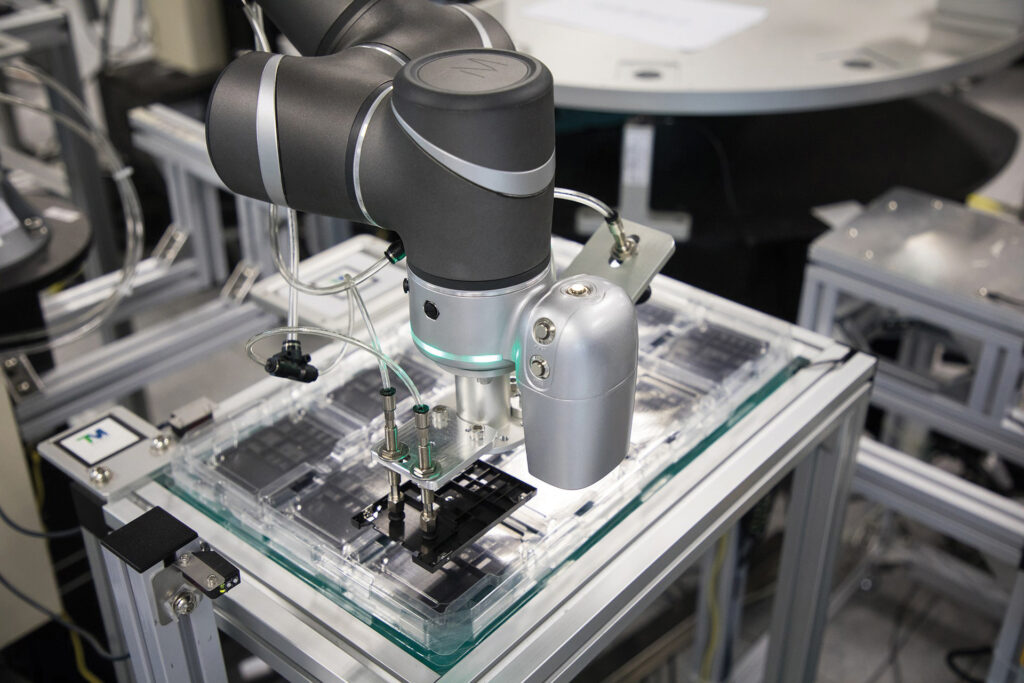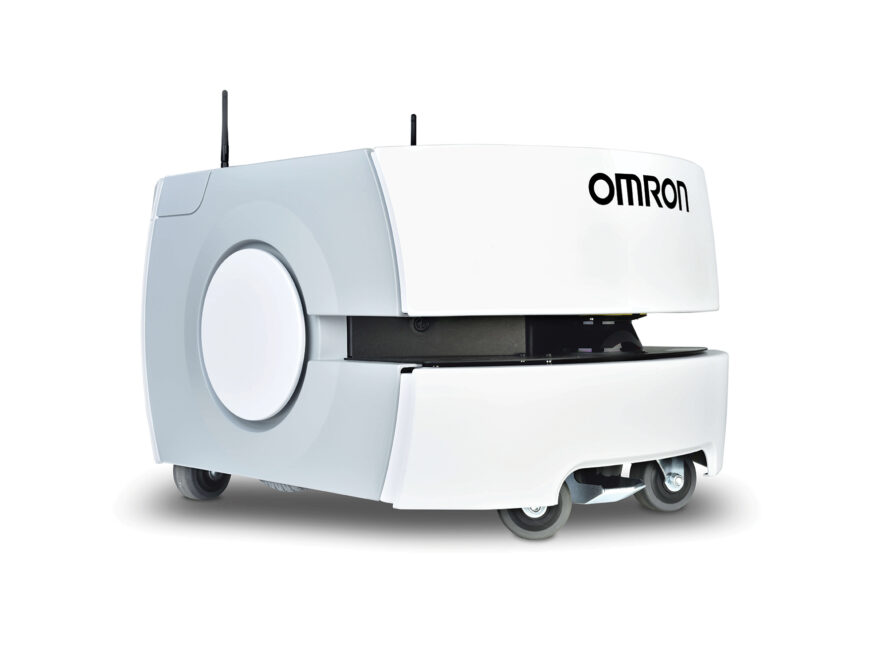 Industrial robots have been around for almost 70 years.
Industrial robots have been around for almost 70 years.
Today, they can be commonly found in manufacturing processes performing a broad range of automated tasks.
This includes pick & place, assembly, product inspection, quality control, packaging, labelling, welding, painting, warehousing, palletising, material handling, logistics and transportation.
Robotics have transformed the manufacturing industry by becoming an alternative source for repetitive, labour-intensive tasks. This means machine operators can now focus more on important tasks to further improve productivity.
Still, many manufacturers are unaware of the vast range of robots now available and their capabilities. And most importantly, they are unaware of the many benefits of robotics technology.
So, what are your choices? A broad range of models with different payload capacities and reach distance are now available including:
Stationary Robots
Stationary robots operate from a fixed base that allows them to perform many tasks.
They offer flexibility, speed, strength and a range of motion to cover many applications.
Stationary robots include:
- SCARA robots
- Delta robots
- Six-Axis robots
Mobile Robots
In manufacturing, mobile robots are often seen performing transportation or material handling applications. They move using a combination of sensors and camera systems to perform various tasks.
Mobile robots include AGVs (automatic guided vehicles) and AMRs (autonomous mobile robots). Generally, AMRs are more robust. This is because they have software that allows them to operate with more intelligence than AGVs which operate along a guided path.
Omron’s AMRs (LD90, LD250 and HD1500) are mobile robots that are collaborative too. It is safe for these robots to automatically navigate areas with people in them, and can detect when to stop and wait, or even find their own path around a new obstacle when safe and programmed to be allowed.

Collaborative Robots
Collaborative robots are robots that can work alongside humans. Commonly known as “cobots”, they are most often found in the six-axis or articulated arm form.
Industrial robots are giving businesses the ability to take a complicated manual process and turn it into an autonomous one.
If you’re looking to automate your operation here are 13 interesting facts about industrial robots you may not know:
1. First industrial robotics market
The car industry was the first market for robots in their early stages of development. Automotive robots handled tasks such as spot welding, painting, and dispensing.
2. Industrial robots don’t need to be caged
Most industrial robots are caged to protect people. This is because they move quickly and powerfully in ways not always obvious to an on-looker. Today, there is a trend toward using alternative safety measures, such as light curtains to safeguard people around hazardous machines.
3. Rise of cobots
Collaborative robots are a game changer in industrial robotics. These workplace “colleagues” are simple to use and provide great flexibility. They are safe, require minimal or no programming, and allow hassle-free connectivity.
4. Robots can be mobile
AMR stands for autonomous mobile robot. These are robots designed to safely and automatically navigate an area to transport tools, equipment and materials. Combining Collaborative robots with AMRs results in a mobile flexible worker able to traverse an environment as needed to perform tasks.
5. Robots can see
Industrial robots incorporate vision systems & sensing devices. This allows them to detect
various sizes and colours, read barcodes, conduct machine inspections and more.
6. Robots are still fairly dumb
While certain AI drive algorithms do help improve a Robot system’s ability to make decisions (think, determining when a scratch is deep enough to be a quality reject) Industrial robots cannot operate without instruction. They just follow instructions written by a programmer.
That means they need structured environments with precise positioning.
7. Businesses still need humans
Though robots have taken on a lot more responsibility in the factory, it doesn’t mean humans are being phased out entirely. Humans are still needed to provide guidance and technical support.
8. You don’t need a special programmer
Previously, you had to be an experienced robot programmer to effectively operate a
robot. Now, almost anybody can program one.
9. Programming is now faster than ever
You can now program an industrial robot in a matter of minutes for simple tasks.
10. Robots are now essential
Robots now play an essential role in modern manufacturing. More forward-thinking businesses are using them to streamline production. Robots perform precision, accurate assembly and can significantly reduce downtime and operating costs.
11. Robots improve quality
Precise, consistent and efficient, industrial robots can be programmed to perform routine and risky tasks more accurately than humans. That means manufactured parts can have consistent and reliable quality – with fewer rejects.
12. Robots are always on the job
Robots can be programmed to work 24/7. They don’t take breaks or holidays and never call in sick. This enables some manufacturers to run energy-saving “lights out” operations with little to no human supervision.
13. The global market is booming
According to the International Federation of Robotics, more than a million industrial robots are now in use across the globe – nearly half of them in Japan. The US is the second largest user of industrial robots in its factories. The annual growth rate of robots ranges from 39-53% in advanced industrial nations.
Omron is a key supplier of smart robotic systems, including collaborative and autonomous mobile robots (AMRs) as well as quattro and delta pick & place robots.
Our unique combination of robots, software and integrated control architecture addresses today’s factory automation challenges.
Want to learn how robotics can transform your business? Omron can supply the latest state-of-the-art robotics equipment to boost your productivity and performance.
Contact the team at Omron to find out more.


